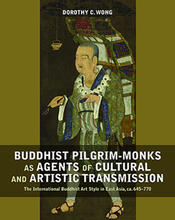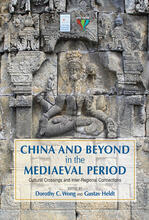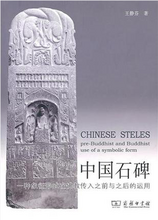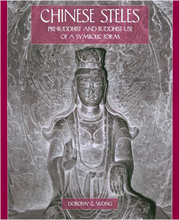A traditional approach to the study of East Asian Buddhist art revolves around the notion of artistic relay: India is regarded as the source of inspiration for China, and China, in turn, influenced artistic production on the Korean Peninsula and in Japan. Likewise, the transmission of Buddhism is often described in a linear fashion, but, as many scholars have observed, the religion’s dissemination was a complex, multifaceted, and multidirectional process. The linear model of the transmission of Buddhist art also implicitly assumes that art in a host country or region is only derivative of foreign styles, precluding a deeper understanding of the complexity of transnational and transregional exchanges.
Examining the various patterns of East Asian Buddhist art exchange between the fifth and 13th centuries, this volume aims to go beyond the conventional query of origin tracing and the notion that the meaning of an image or motif remains constant through time and space. The essays comprise a series of case studies mapping exchanges and their outcomes, investigating the agency of the “receivers.” Several common themes addressed across the essays include: the importance of understanding local conditions and circumstances; the vital role played by Buddhist texts, from availability of versions to apocryphal compositions; and the dissemination and reception of copies.
The volume is divided into three sections. The three chapters by Jinchao Zhao, Li-kuei Chien, and Hong Wu in Section I, “Transmission and Local Interpretations,” address issues of transnational dissemination of Buddhist imagery and figural styles, and subsequent alterations or adaptations based on local preferences, perceptions, and interpretations. The chapters by Dorothy C. Wong, Imann Lai, and Clara Ma in Section II, “Buddhism and the State,” attend to the political dimensions of Buddhist art, the ways in which the transmission of Buddhism influenced political ideologies and notions of kingship in Asian polities. Section III, “Iconography and Traditions,” comprises studies by Sakiko Takahashi, Suijun Ra, and Tamami Hamada that explore the transmission of and subtle variations in iconography and style of specific Buddhist deities, notably deities of Esoteric strands such as the Thousand-armed Avalokiteśvara.





